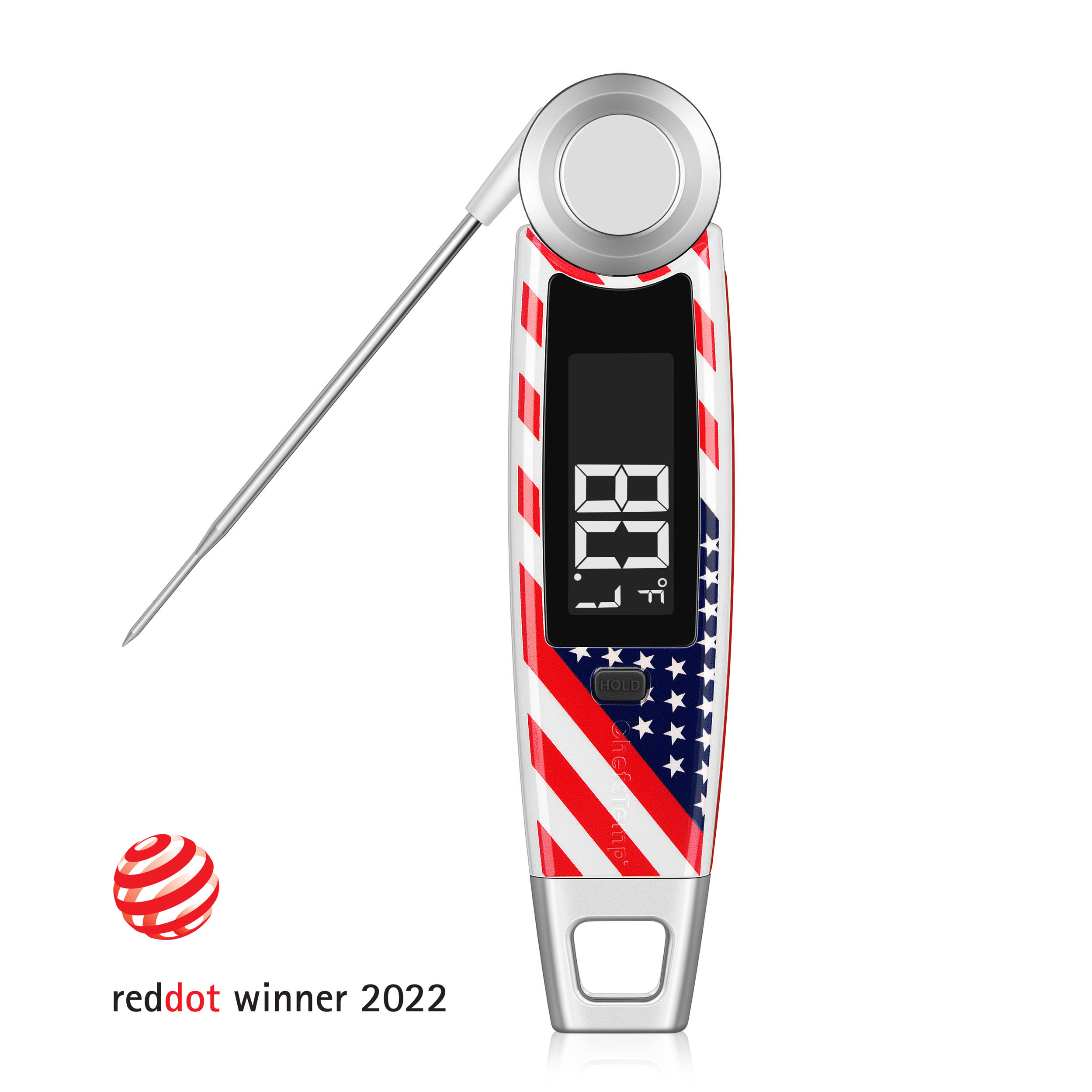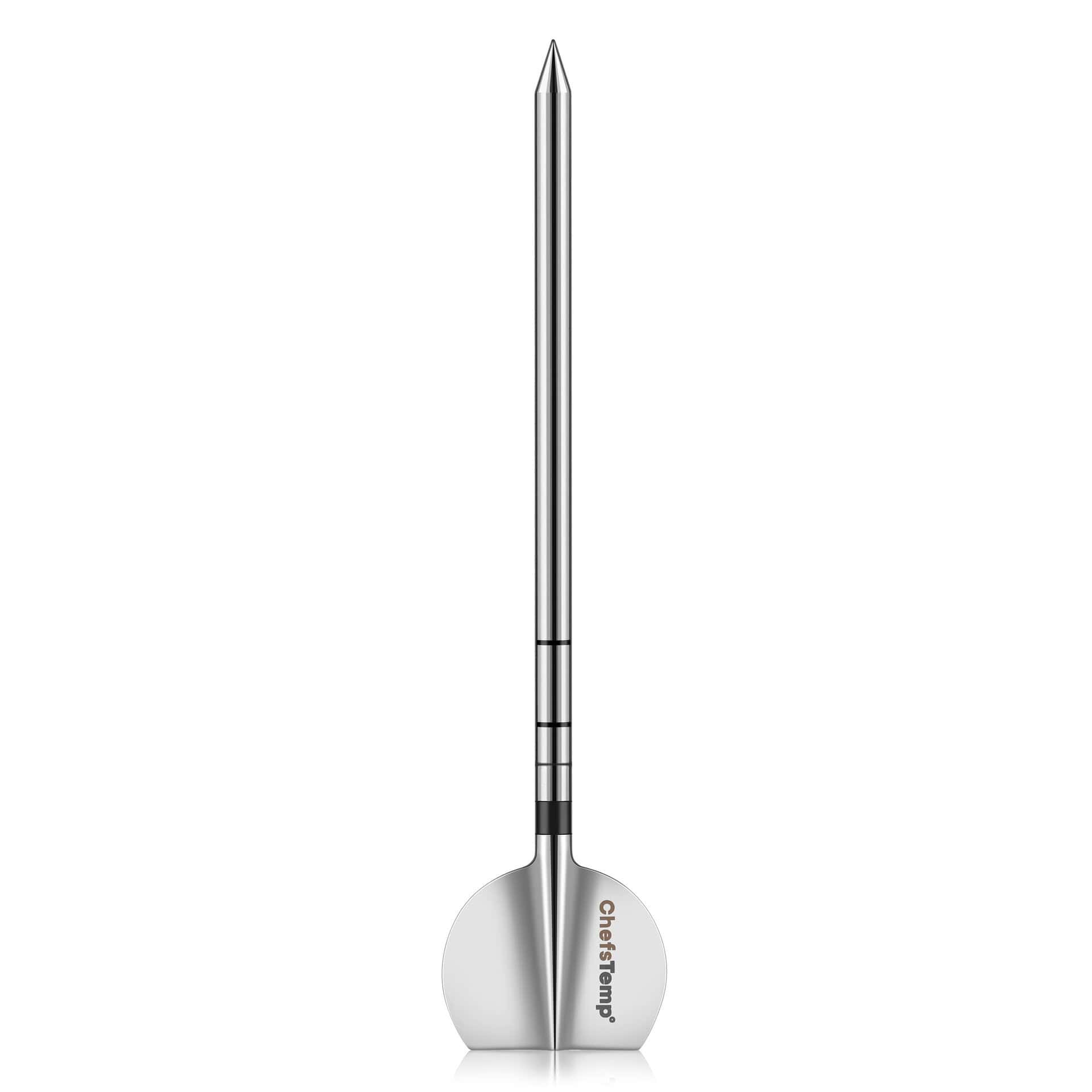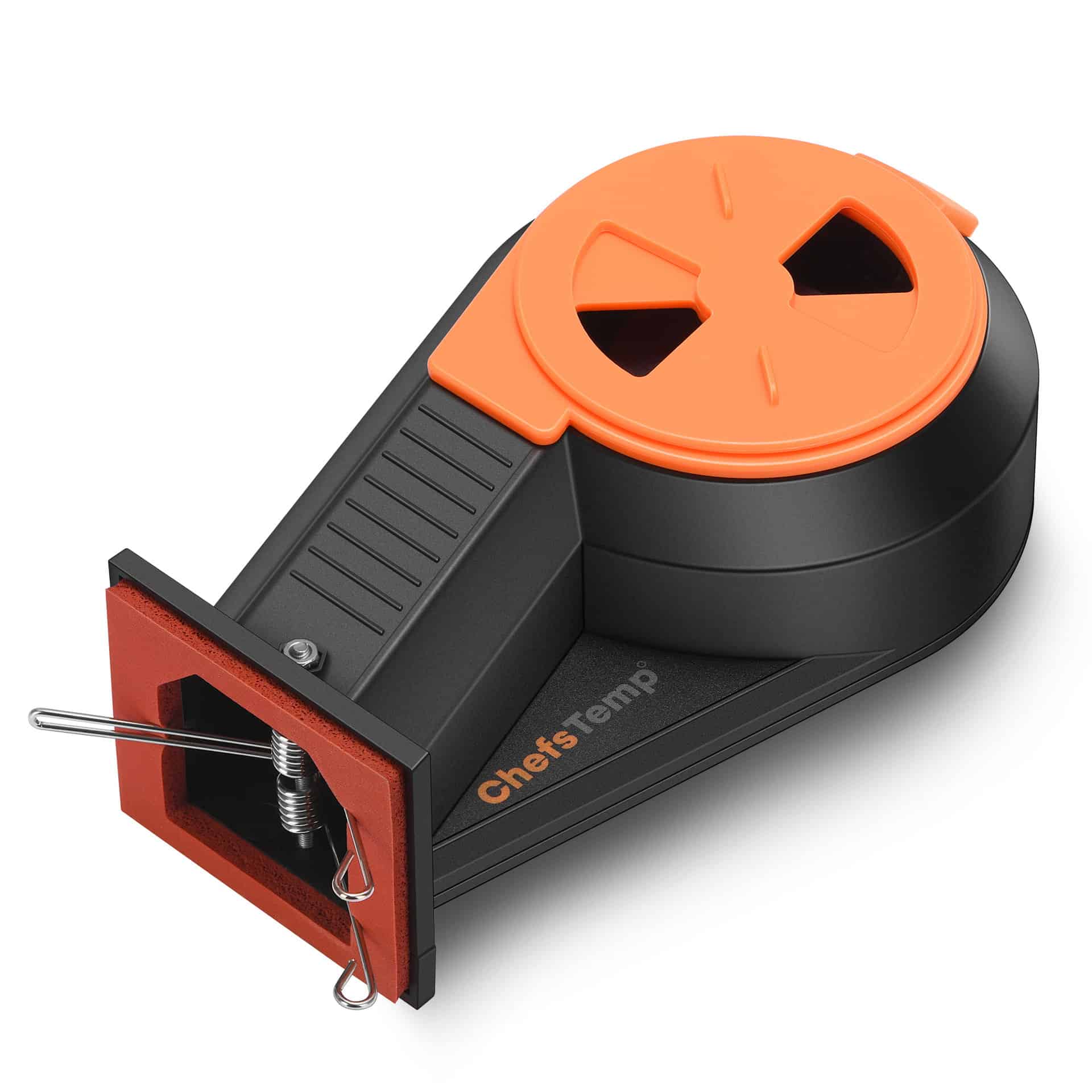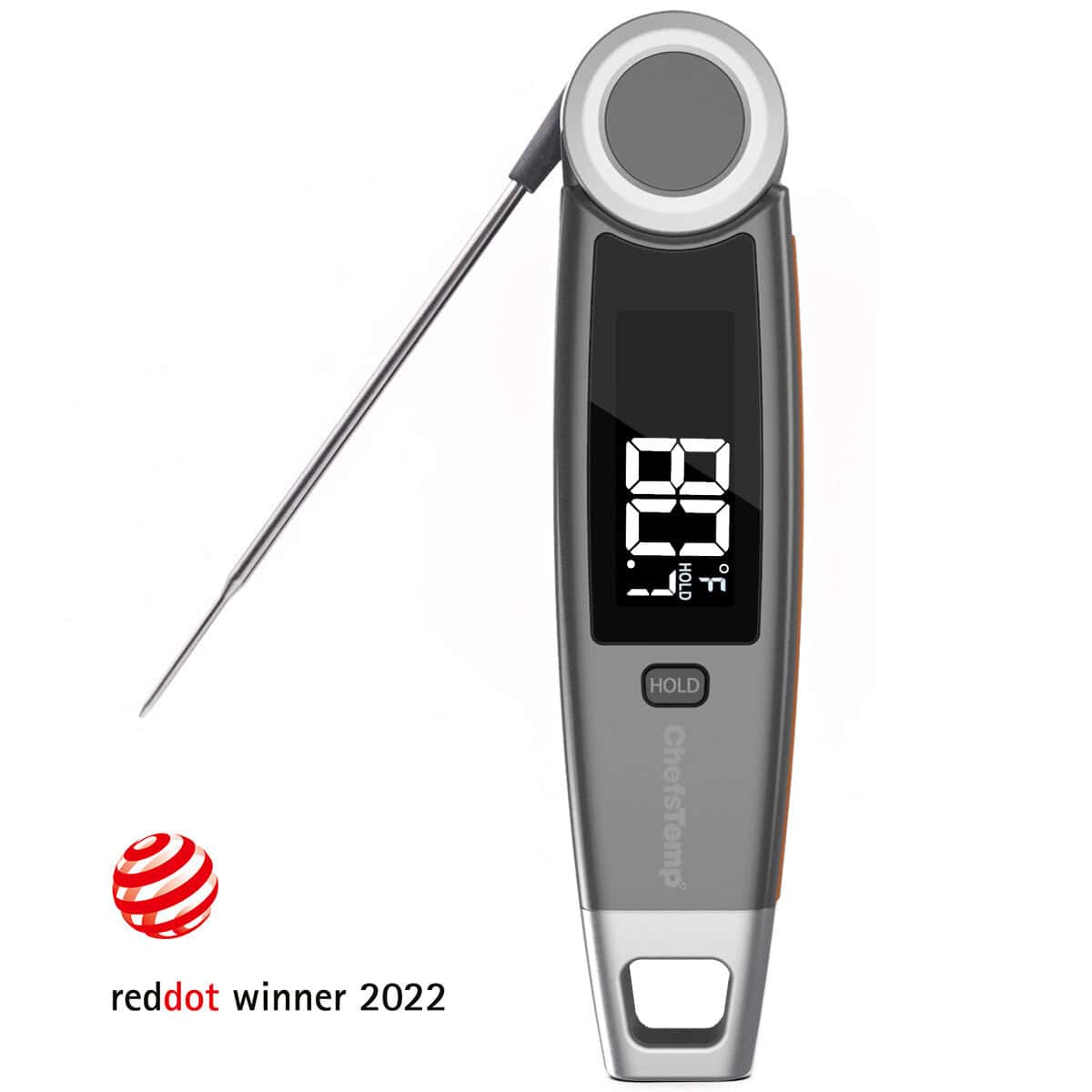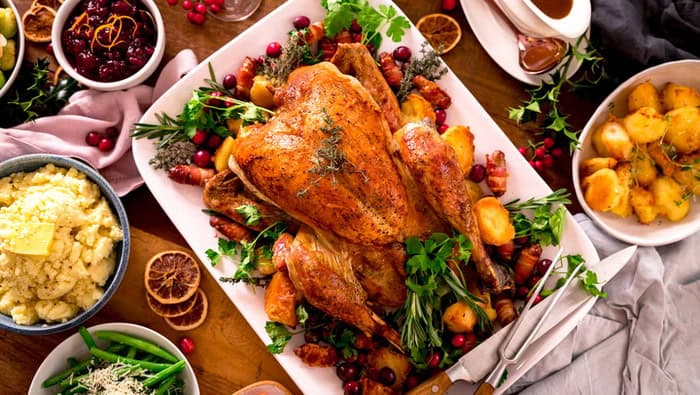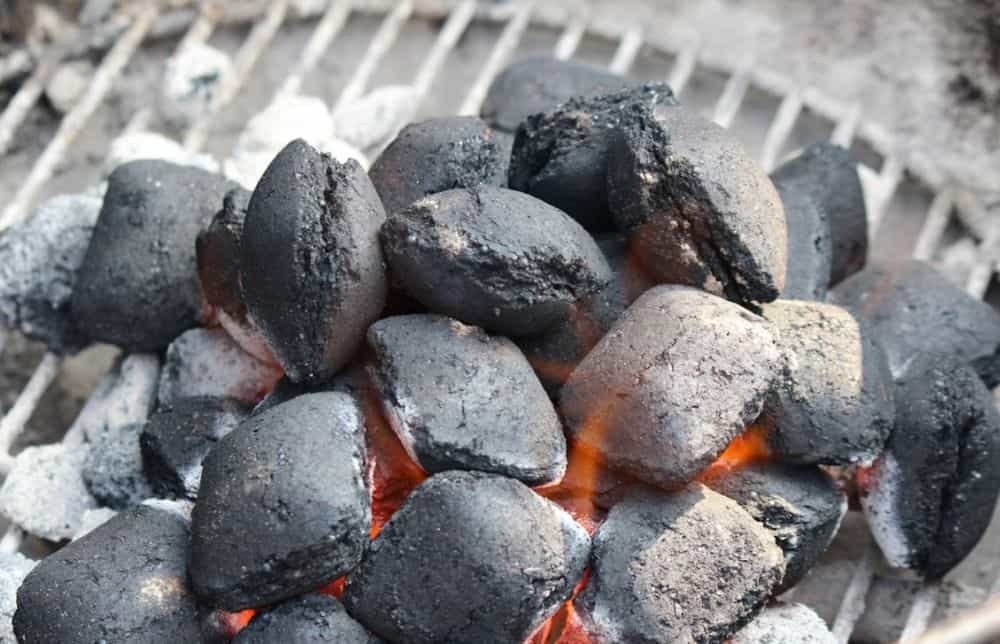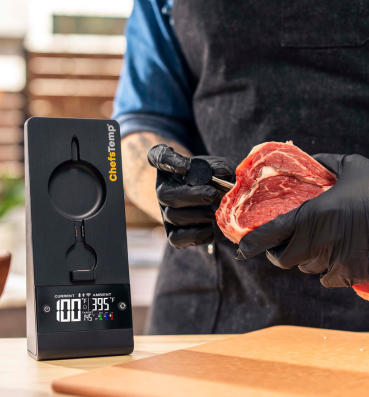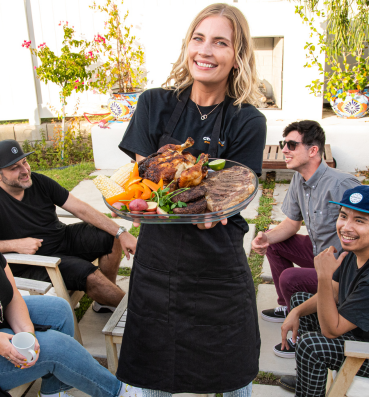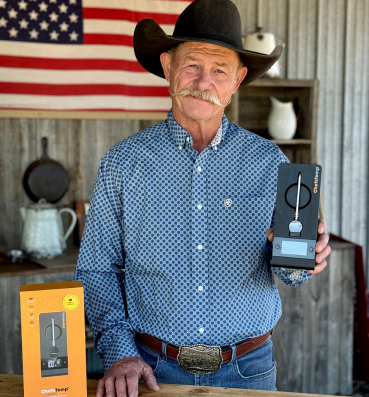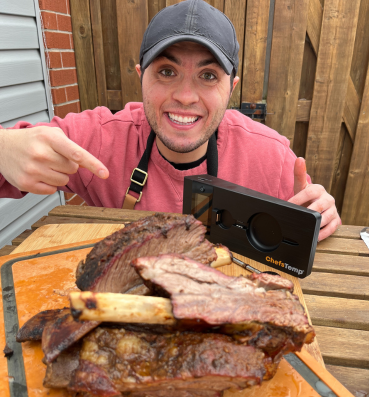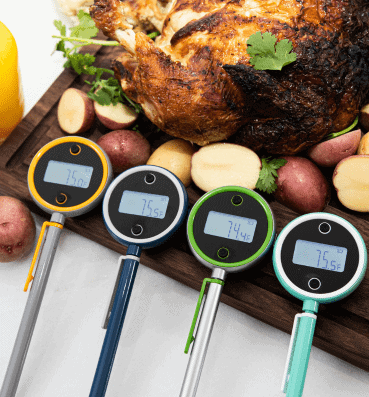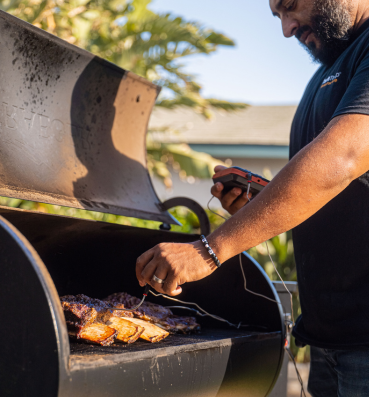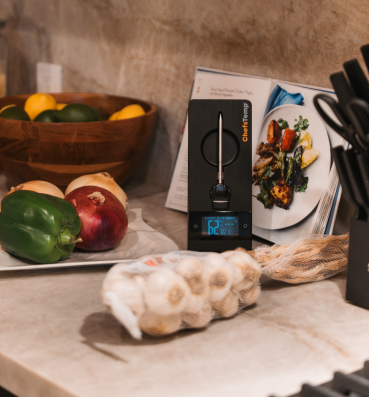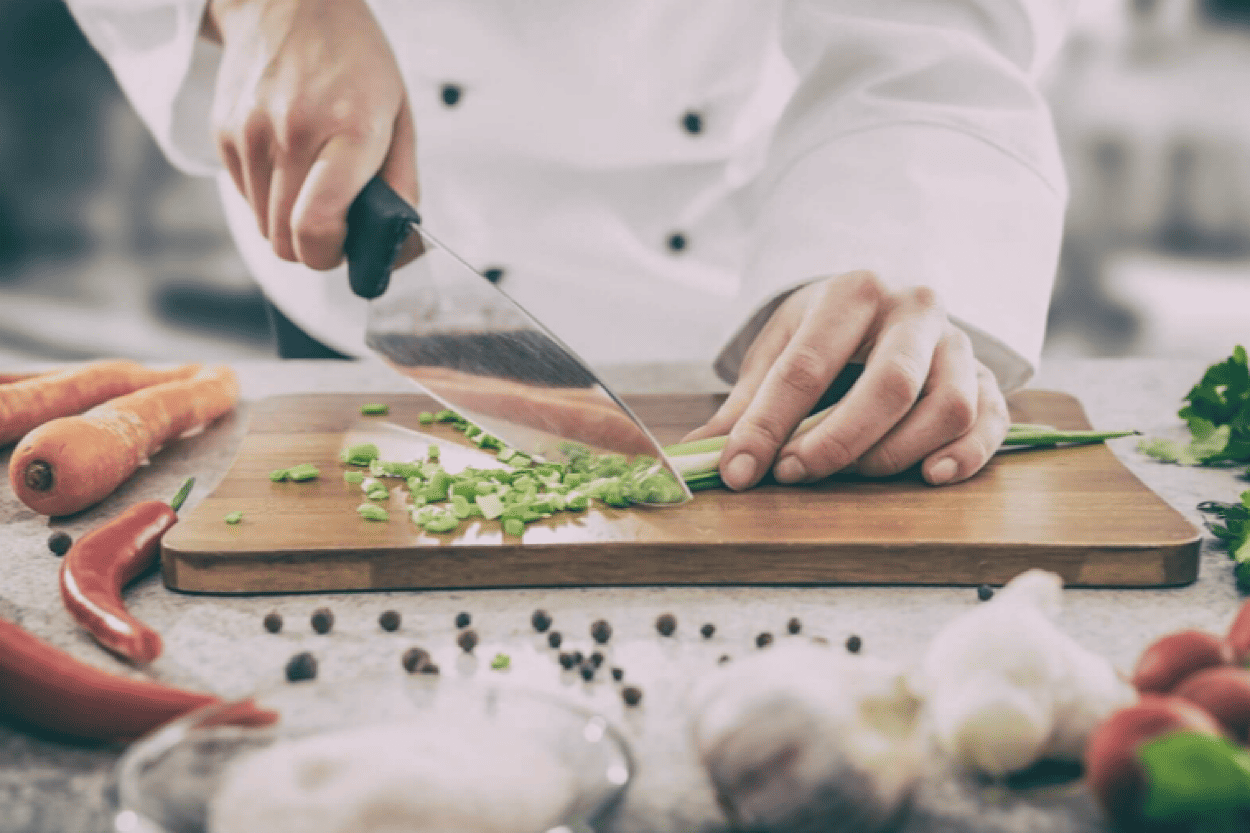
Food Temperature Monitoring: What is It and Why is It Important?
The food and restaurant industry faces several challenges and is subject to various regulations to ensure the safety of the people it serves. From handling and storing raw materials to food preparation, business owners must understand how food temperature monitoring systems work. This system is the first line of defense against foodborne illnesses and ensures the safety of your customers.
Table of Contents
What is Food Temperature Monitoring?
Food temperature monitoring applies to maintaining the ideal temperature level for various foodstuffs. It starts with the cold chain monitoring and storing of raw materials and ingredients to ensure the freshness and quality of these ingredients before cooking them. Temperature management should be consistent from the stages of delivery and handling of the ingredients through to food processing. All food storage facilities must also abide by the food temperature monitoring guidelines as it is crucial for the safety of the individuals who will be consuming the food.
The food industry should abide by the temperature monitoring process because it is subject to compliance laws, food waste, and public health systems. Improper storage and food temperature monitoring results in up to 1 Billion in losses every year for the food industry.
When food is not properly stored, it translates into food waste and lost income for food businesses. Regulatory standards are getting tougher in the implementation of these policies to ensure that public health and safety come first. According to this article by Independent UK, nearly half a million people die annually from food poisoning. It’s a tragedy knowing that these deaths could be easily prevented with proper food temperature monitoring.
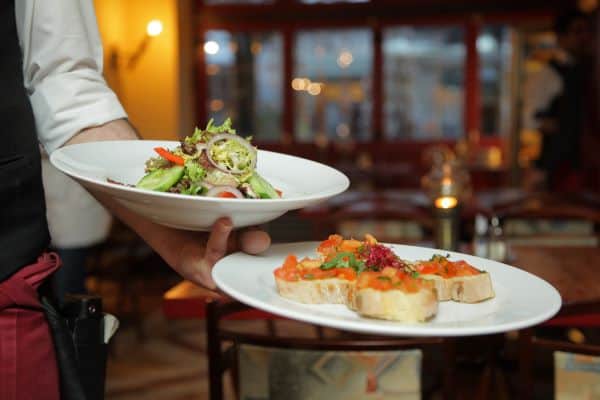
Why is Food Temperature Monitoring Important?
Any business that deals with the handling and preparation of food must take temperature monitoring seriously. When you serve food to the public, you are also affecting their health and you must ensure that you are only serving the best quality of food.
The bacteria that cause foodborne illnesses are active and multiply when food is not properly stored. You must keep food within a specific temperature range to discourage growth of bacteria, which is why it pays to know about the temperature danger zone. If food is not kept at the ideal temperature, bacteria start to form and spread.
It’s not just the temperature that you have to consider in food temperature monitoring. Time is also another critical factor. The more time food stays out of the safe temperature range, the more bacteria will contaminate your food. Among the common bacteria that could contaminate your food include the following:
- Listeria
- Salmonella
- E. coli
- Norovirus
- Staphylococcus Aureus
When any of the above bacteria contaminate your food and you consume that food, it could lead to the common symptoms of food poisoning. These symptoms are diarrhea, vomiting, stomach ache, and intestinal cramping.
Food Temperature Monitoring Best Practices & Recommendations
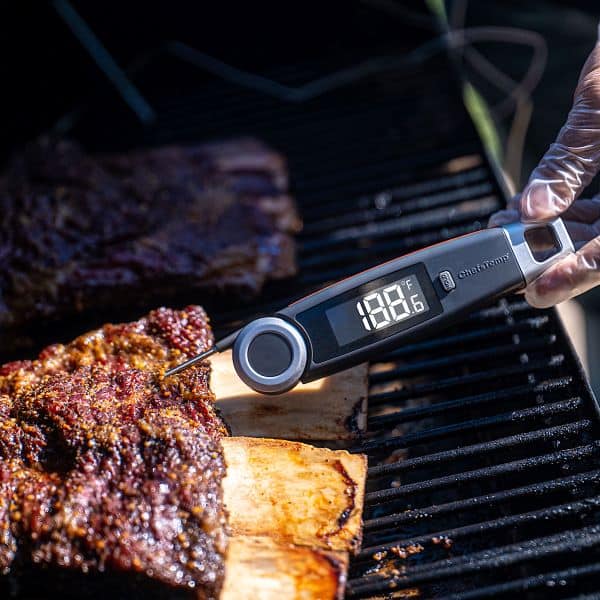
The following are the best practices for food temperature monitoring to avoid the above symptoms:
- Always review the recommended food temperature and holding times for certain types of food. For example, cold food should be stored at 40 degrees F or below. The longer the food sits at room temperature, the faster the temperature rises. Therefore, you should only keep it out of the refrigerator for a limited time before it is time to refrigerate it again or discard it.
- The general rule is that if the food is at room temperature for less than two hours, you can refrigerate it or consume it immediately. If the food is kept at room temperature for between two to four hours, you should consume it immediately. If the food is at room temperature for more than four hours, you should throw it out.
- Use a food thermometer as part of food temperature monitoring routine. Every food business should ha
ve one to ensure that food items are within a safe temperature range before serving to customers. The accuracy of your thermometer should be ±1 °C or ±1 °F. When checking the food temperature with a thermometer, always check the centermost part of the food. The internal temperature is different from the surface temperature. - Before using a thermometer, make sure it is clean and dry. Avoid cross-contamination by inserting the probe into one type of food and then using it in another type of food without cleaning it. Always make sure that the probe is sanitized before you use it again.
- After inserting the thermometer probe into the food, wait for the temperature to stabilize before you remove it. This step will ensure that you have the most accurate food temperature reading. Also, it is best to measure different parts of the food, especially when dealing with larger pieces of meat.
- Always train your staff on the proper handling and storing of food. They must be aware of the risks of food not being at the right temperature. That way, they can take a proactive step in making sure that the safe temperature of the food is maintained.
Key Takeaway
If you are in the food service industry, it is vital to prioritize food temperature monitoring. Appropriate maintenance of food temperature is crucial to your business to ensure the highest quality food for your customers. You can achieve this with temperature monitoring tools, such as using a food thermometer and other automated solutions. Food industry professionals have a huge responsibility in making sure that their guests can enjoy their food without worrying about foodborne illnesses and other harmful contaminants.
From a business perspective, proper food temperature monitoring systems also offer many benefits. Cutting back on food waste means that you can improve profits. The more food goes to waste, the more you cut your profit margin. In a report by Restaurant Hospitality, restaurant food waste costs 25 Billion USD annually. Restaurants can save two to six percent of their profit by taking steps to prevent food waste. It is a bad business strategy because you are not utilizing your business resources efficiently. On the other hand, any investment toward safe monitoring of food temperature can maximize your profits.
Discover Other ChefsTemp Products
Discover more recipes and learn kitchen tricks by joining our cooking family on Facebook.
You may also like:
